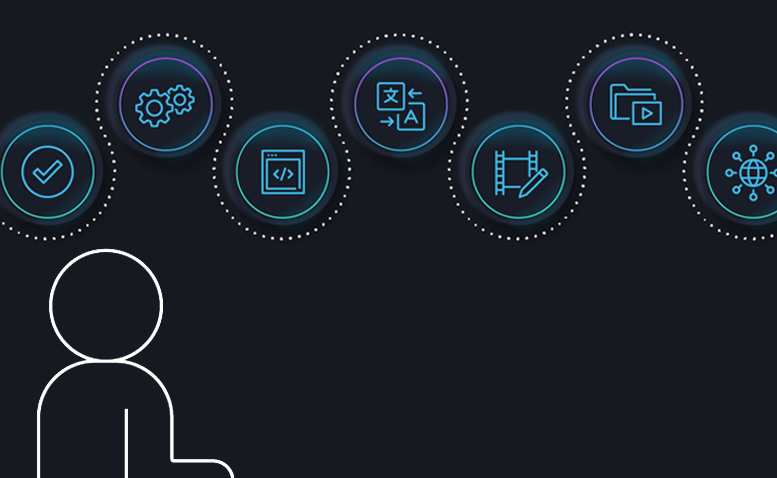
A few years ago, when the term “media supply chain” first began to be used, it mostly referred to the process a media company went through to receive, validate, and then transform content into the numerous output formats required to satisfy a variety of delivery platforms. The notion of supply chain optimization was still relatively novel, especially for media operations. But as companies started taking a closer look at all the workflows and steps required to convert raw incoming programming into finished output suitable for viewing, they realized the enormous opportunity to improve costs and time-to-market by applying supply chain optimization techniques. Combining automation, intelligent orchestration, and more focused manual task management, media companies realized huge improvements in the efficiency and agility of their own media factories.
Media supply chain optimization platforms, such as SDVI Rally, helped customers streamline their operations and enabled their factories to become more efficient and agile. More content could be processed in the same amount of time, and new content deals could be fulfilled faster, and with less impact on their day-to-day operations. Media companies who embarked on the journey to modernize their supply chains soon realized that they not only were saving time and money, but they had far greater visibility into exactly just how much time and money they were saving. Data collected at every step of the supply chain helps inform their decision-making by enabling predictability into what resources will be needed for any content deal. This supply chain data is also a valuable tool for identifying further optimization opportunities within their own supply chains.
A Fundamental Flaw
But a funny thing happened as media companies modernized their factories, embraced supply chain methodologies, and migrated infrastructure to the cloud: they started thinking about a media supply chain that wasn’t just within their own media factory. Because no matter how efficient a media company’s supply chain could be, there’s a fundamental flaw when that supply chain has to repeat the same tasks that have already been done upstream, and made even worse when downstream partners have to repeat those same tasks again. That’s like an automobile manufacturer taking apart and rebuilding the transmissions it receives from its suppliers, and the auto dealer taking apart and rebuilding the transmissions of the cars it receives from the automobile company before selling the car to a consumer. It makes no sense!
Rethink the Media Supply Chain
It’s time to think more broadly about the media supply chain. No longer is media supply chain optimization solely about making media operations more efficient and agile within a media company. The new media supply chain involves an interconnected web of content producers, media companies, and delivery partners, who, if intelligently connected, can move content from one to the other without triggering redundant processing. True supply chain optimization happens when duplicate work can be removed as content moves from one partner to another because that content arrives already processed to specifications. And if these partners are all using the same media supply chain management platform, the platform itself can enforce the downstream specifications so that content always arrives pre-conformed. In essence, if trusted media and metadata can be passed from one entity to another, recipients won’t have to repeat the same processing (like quality checks) that the sender already performed.
A great illustration of this broader media supply chain happened in the content exchange between A+E Networks and Discovery, following a licensing agreement between the two companies. Both companies use the Rally media supply chain platform for their own media operations. They realized that because of that common platform, they could automate the movement of content from A+E to Discovery and the registration of metadata for that content in Discovery’s system. What would have taken 60 or more days, was done in less than 24 hours. And the content never left the cloud! For more about this project, watch this video to learn how they did it.
Rally Connect for Content Transfers
The new Rally Connect service, recently introduced by SDVI, builds on this inspiration from A+E Networks and Discovery to enable media partners to connect their supply chains, share content specifications, and build templates that automate the movement of content between them. What’s best is that the content arrives already processed and quality checked so that the receiver doesn’t have to repeat that work. Instead of raw materials arriving at the beginning of that company’s supply chain, the factory receives content that is already well down the path, saving time and money. Isn’t that the goal of supply chain optimization?


